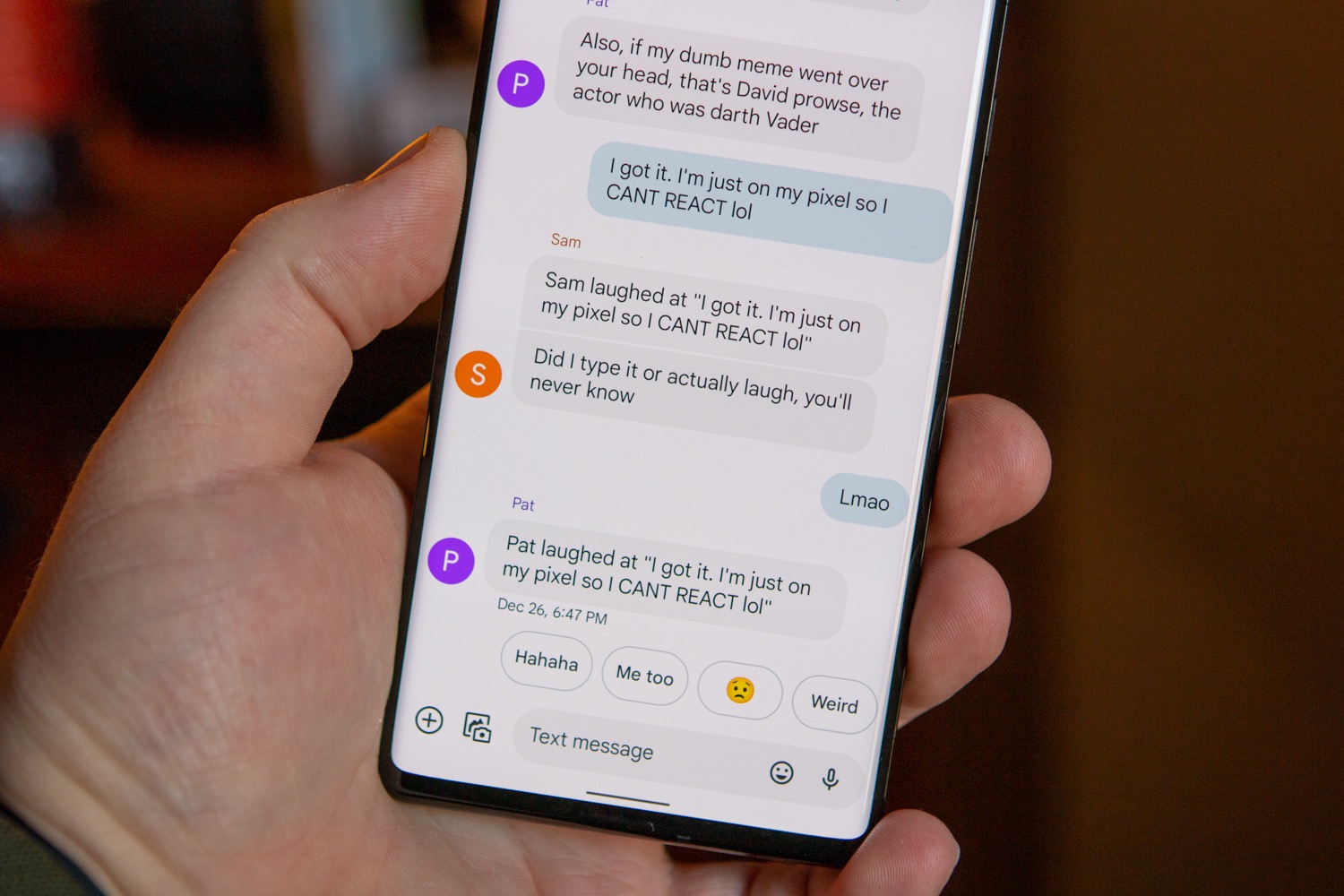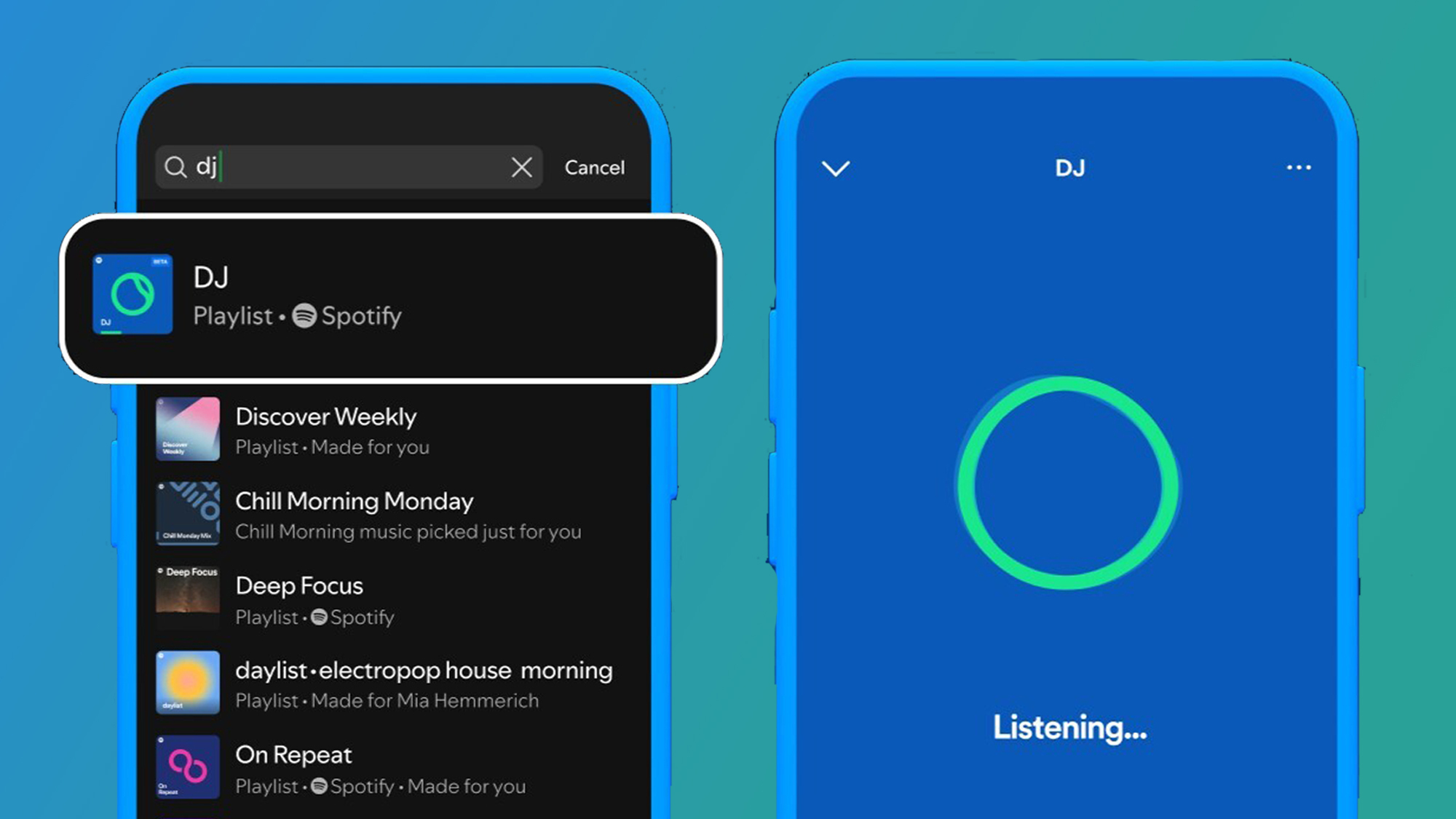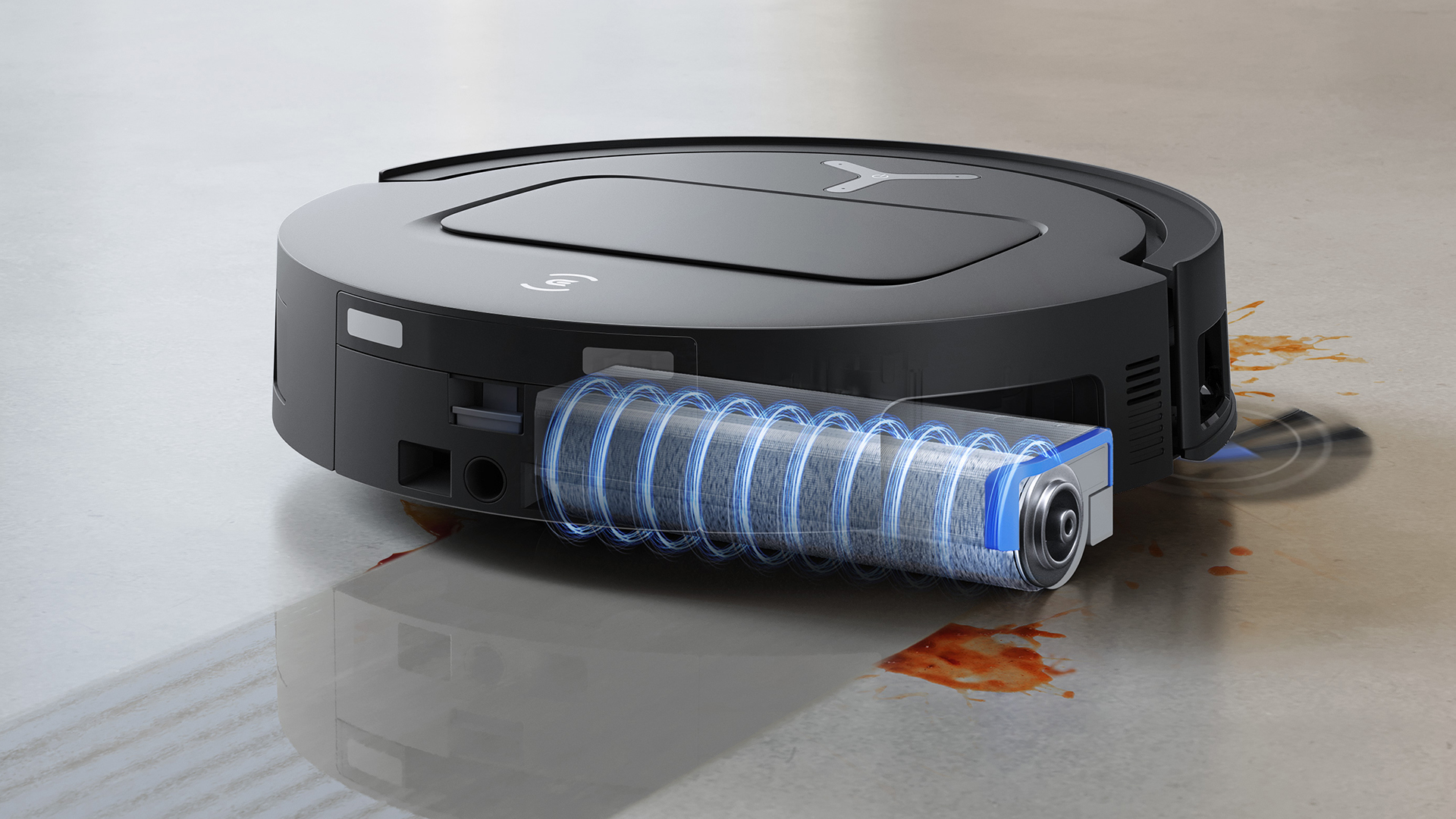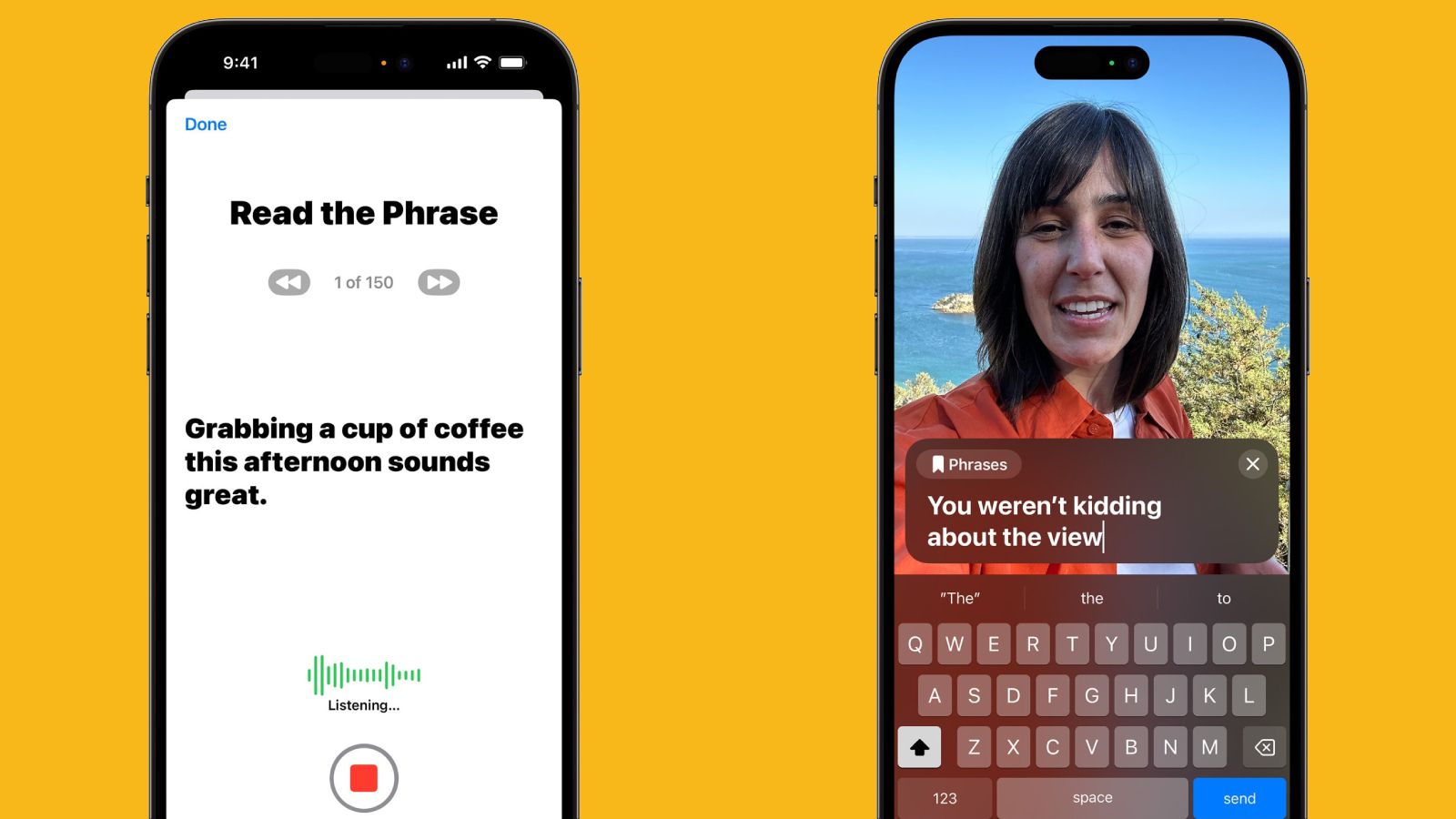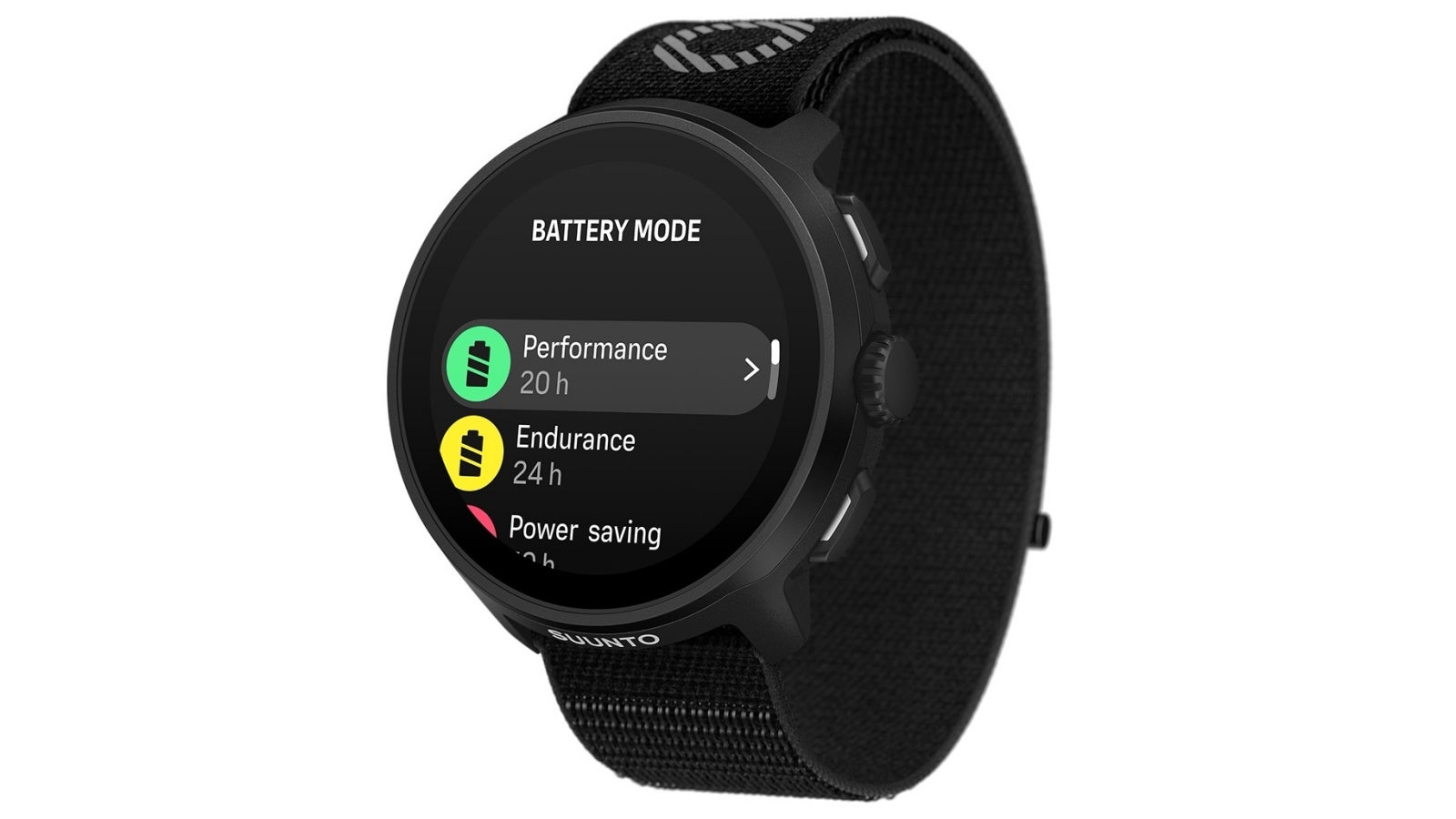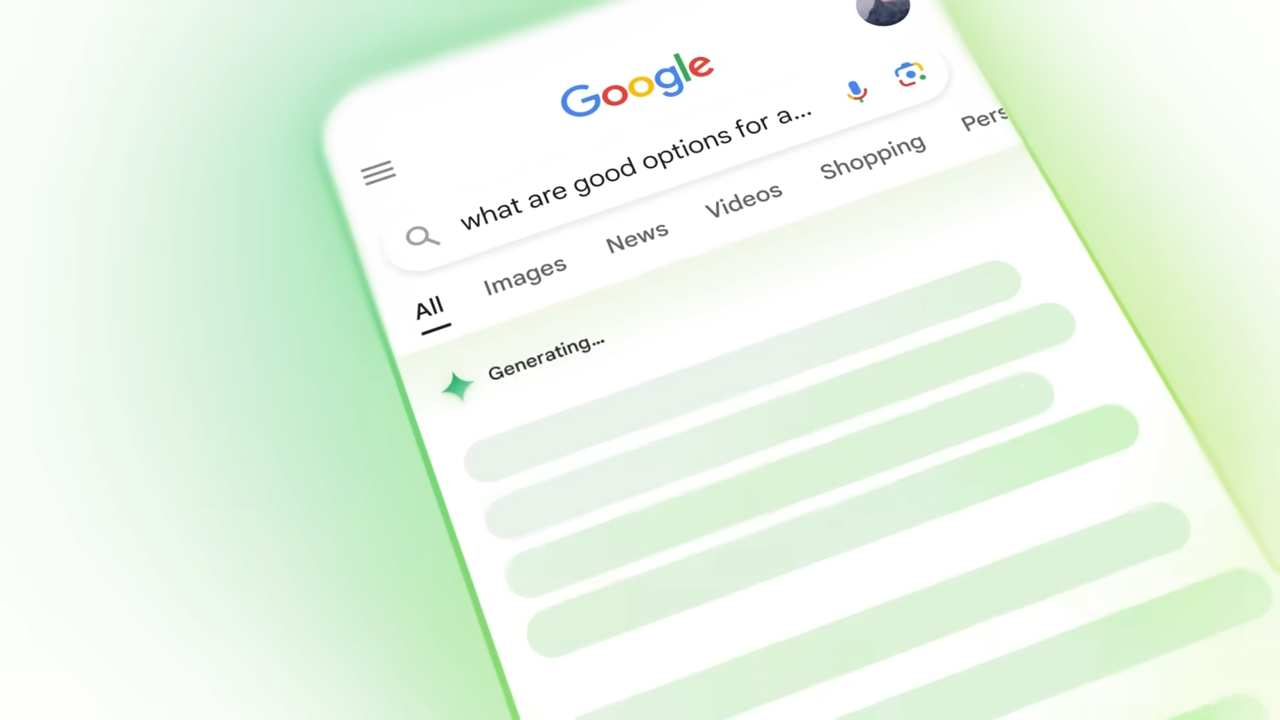How to Use WinINet Library to Submit Form Data in C++
Introduction In this article, we'll explore how to use the WinINet library in C++ to connect to a website and submit form data, particularly focusing on posting to Pastebin. If you're new to network programming in C++, WinINet can simplify HTTP communication by providing high-level functions to handle requests and responses. However, it's not uncommon to encounter issues like insufficient buffer errors or formatting the form data correctly. Let's dive into these common challenges and provide clear solutions. Understanding HTTP Requests with WinINet When using the WinINet library, you can perform a variety of operations, including connecting to web servers, sending HTTP requests, and retrieving responses. In our case, we’ll focus on submitting data to a form on a website like Pastebin. To start, ensure that you have included the necessary headers: #include #include #include #pragma comment(lib, "Wininet.lib") Common Issues Encountered Before we delve into the code, let’s address some common issues that can arise when working with HTTP requests using WinINet: ERROR_INSUFFICIENT_BUFFER: This error occurs when the buffer provided for receiving data is too small. You may need to allocate a larger buffer dynamically. Form Data Formatting: When sending POST requests, the form data should be formatted correctly. Each key-value pair should be URL-encoded, and pairs should be separated by an ampersand (&). Step-by-Step Solution to Submit Form Data Step 1: Initialize WinINet To start, open a session and connect to the target URL. Here's how you can initialize WinINet: HINTERNET hSession = InternetOpen("http generic", INTERNET_OPEN_TYPE_PRECONFIG, NULL, NULL, 0); HINTERNET hConnect = InternetConnect(hSession, "www.pastebin.com", INTERNET_DEFAULT_HTTP_PORT, NULL, NULL, INTERNET_SERVICE_HTTP, 0, 1); Step 2: Create and Send the HTTP POST Request Next, you need to set the request method to POST and provide the header information along with the form data. Here’s the code snippet: char* hdrs = "Content-Type: application/x-www-form-urlencoded"; char* frmdata = "paste_code=test"; LPCSTR accept[2] = { "*/*", NULL }; HINTERNET hRequest = HttpOpenRequest(hConnect, "POST", "/", NULL, NULL, accept, 0, 0); if (!HttpSendRequest(hRequest, hdrs, strlen(hdrs), frmdata, strlen(frmdata))) { printf("HttpSendRequest failed, code=%d", GetLastError()); // Handle error } Step 3: Retrieving Response Data Once your request is sent, you’ll want to retrieve the response headers and body: char* heads = getheaders(hRequest); printf("%s\n\n\n\n", heads); Make sure to manage the memory for the allocated buffers appropriately. Step 4: Clean Up Resources Don't forget to close any open handles to avoid memory leaks: InternetCloseHandle(hRequest); InternetCloseHandle(hConnect); InternetCloseHandle(hSession); Frequently Asked Questions Do I need to simulate clicking the submit button? No, when you're using HTTP requests, you don't need to simulate clicking a submit button. Just ensure that your request mimics what the form would send when submitted. Is the form data correctly formatted? Yes, ensure your form data is in the format key=value&key2=value2 and properly URL-encoded if necessary. What should I do if I encounter the ERROR_INSUFFICIENT_BUFFER? Allocate a larger buffer based on the required size before making the call or use the InternetQueryDataAvailable function for dynamic size adjustments. Conclusion By leveraging the WinINet library, you can easily connect to websites and post form data. We covered some common challenges like formatting issues and buffer errors, providing a robust approach to troubleshoot and resolve them when using C++. Always ensure that you handle memory correctly to avoid leaks and test your code for various scenarios to ensure reliability. This article aimed to provide a clear understanding and practical example of submitting data to Pastebin using WinINet. If you have any additional questions or need further assistance regarding WinINet and C++, feel free to ask!

Introduction
In this article, we'll explore how to use the WinINet library in C++ to connect to a website and submit form data, particularly focusing on posting to Pastebin. If you're new to network programming in C++, WinINet can simplify HTTP communication by providing high-level functions to handle requests and responses. However, it's not uncommon to encounter issues like insufficient buffer errors or formatting the form data correctly. Let's dive into these common challenges and provide clear solutions.
Understanding HTTP Requests with WinINet
When using the WinINet library, you can perform a variety of operations, including connecting to web servers, sending HTTP requests, and retrieving responses. In our case, we’ll focus on submitting data to a form on a website like Pastebin. To start, ensure that you have included the necessary headers:
#include
#include
#include
#pragma comment(lib, "Wininet.lib")
Common Issues Encountered
Before we delve into the code, let’s address some common issues that can arise when working with HTTP requests using WinINet:
- ERROR_INSUFFICIENT_BUFFER: This error occurs when the buffer provided for receiving data is too small. You may need to allocate a larger buffer dynamically.
- Form Data Formatting: When sending POST requests, the form data should be formatted correctly. Each key-value pair should be URL-encoded, and pairs should be separated by an ampersand (&).
Step-by-Step Solution to Submit Form Data
Step 1: Initialize WinINet
To start, open a session and connect to the target URL. Here's how you can initialize WinINet:
HINTERNET hSession = InternetOpen("http generic", INTERNET_OPEN_TYPE_PRECONFIG, NULL, NULL, 0);
HINTERNET hConnect = InternetConnect(hSession, "www.pastebin.com", INTERNET_DEFAULT_HTTP_PORT, NULL, NULL, INTERNET_SERVICE_HTTP, 0, 1);
Step 2: Create and Send the HTTP POST Request
Next, you need to set the request method to POST and provide the header information along with the form data. Here’s the code snippet:
char* hdrs = "Content-Type: application/x-www-form-urlencoded";
char* frmdata = "paste_code=test";
LPCSTR accept[2] = { "*/*", NULL };
HINTERNET hRequest = HttpOpenRequest(hConnect, "POST", "/", NULL, NULL, accept, 0, 0);
if (!HttpSendRequest(hRequest, hdrs, strlen(hdrs), frmdata, strlen(frmdata))) {
printf("HttpSendRequest failed, code=%d", GetLastError());
// Handle error
}
Step 3: Retrieving Response Data
Once your request is sent, you’ll want to retrieve the response headers and body:
char* heads = getheaders(hRequest);
printf("%s\n\n\n\n", heads);
Make sure to manage the memory for the allocated buffers appropriately.
Step 4: Clean Up Resources
Don't forget to close any open handles to avoid memory leaks:
InternetCloseHandle(hRequest);
InternetCloseHandle(hConnect);
InternetCloseHandle(hSession);
Frequently Asked Questions
Do I need to simulate clicking the submit button?
No, when you're using HTTP requests, you don't need to simulate clicking a submit button. Just ensure that your request mimics what the form would send when submitted.
Is the form data correctly formatted?
Yes, ensure your form data is in the format key=value&key2=value2 and properly URL-encoded if necessary.
What should I do if I encounter the ERROR_INSUFFICIENT_BUFFER?
Allocate a larger buffer based on the required size before making the call or use the InternetQueryDataAvailable function for dynamic size adjustments.
Conclusion
By leveraging the WinINet library, you can easily connect to websites and post form data. We covered some common challenges like formatting issues and buffer errors, providing a robust approach to troubleshoot and resolve them when using C++. Always ensure that you handle memory correctly to avoid leaks and test your code for various scenarios to ensure reliability. This article aimed to provide a clear understanding and practical example of submitting data to Pastebin using WinINet.
If you have any additional questions or need further assistance regarding WinINet and C++, feel free to ask!


















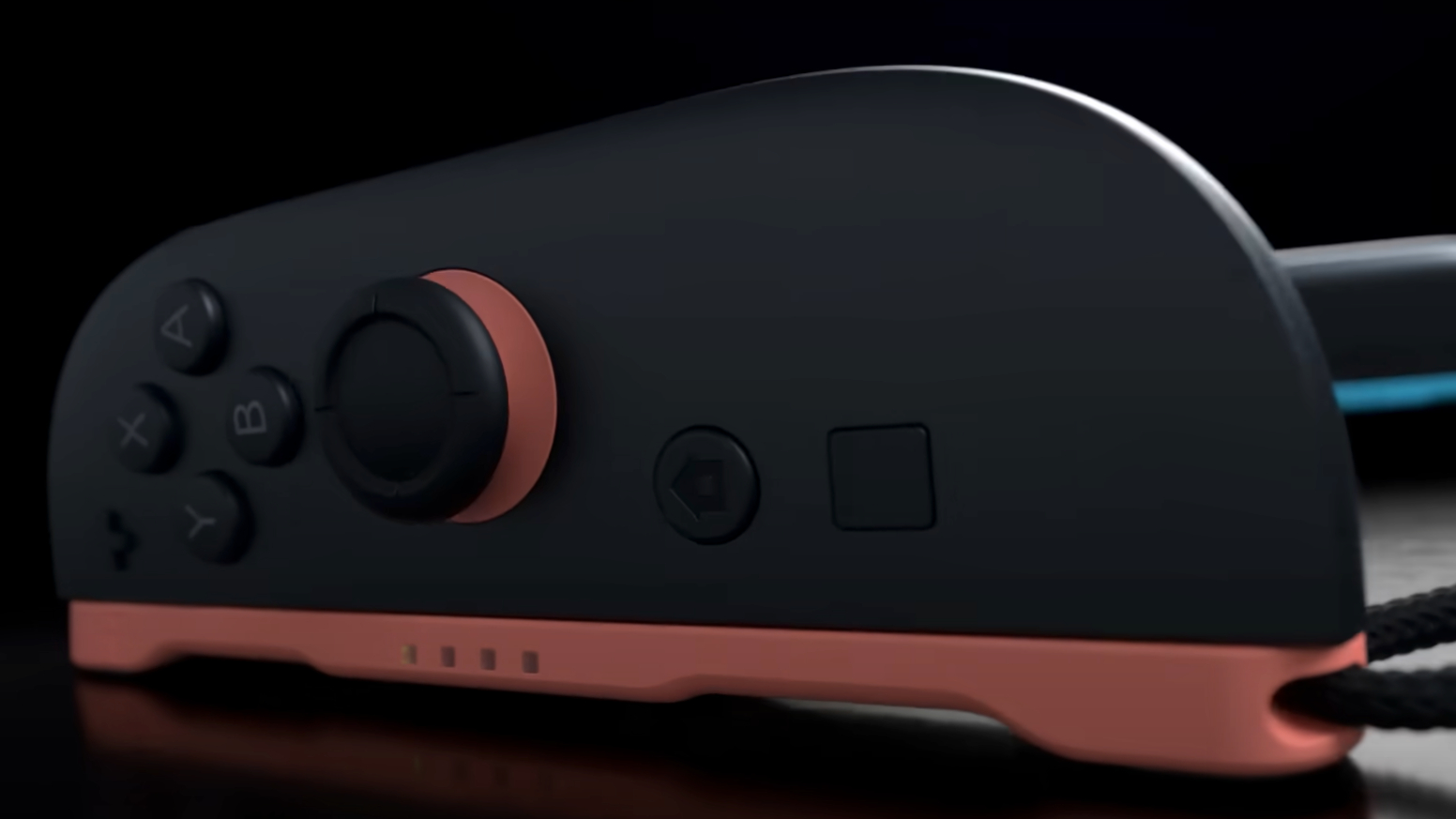















































![[The AI Show Episode 147]: OpenAI Abandons For-Profit Plan, AI College Cheating Epidemic, Apple Says AI Will Replace Search Engines & HubSpot’s AI-First Scorecard](https://www.marketingaiinstitute.com/hubfs/ep%20147%20cover.png)

































































































































































































































![Ditching a Microsoft Job to Enter Startup Purgatory with Lonewolf Engineer Sam Crombie [Podcast #171]](https://cdn.hashnode.com/res/hashnode/image/upload/v1746753508177/0cd57f66-fdb0-4972-b285-1443a7db39fc.png?#)


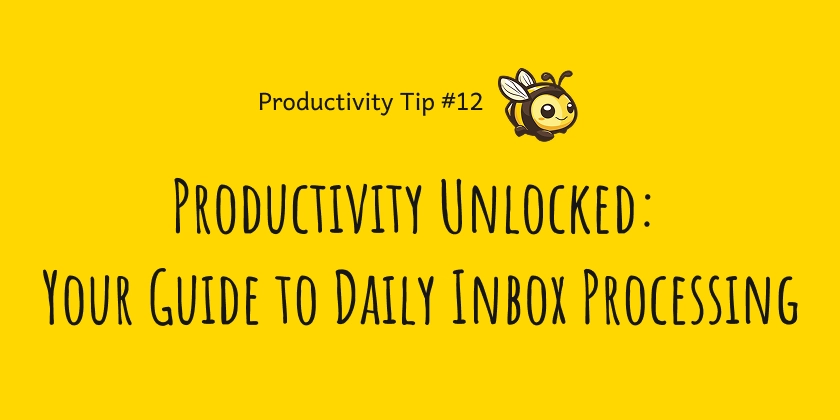














































.png?width=1920&height=1920&fit=bounds&quality=70&format=jpg&auto=webp#)




























































































































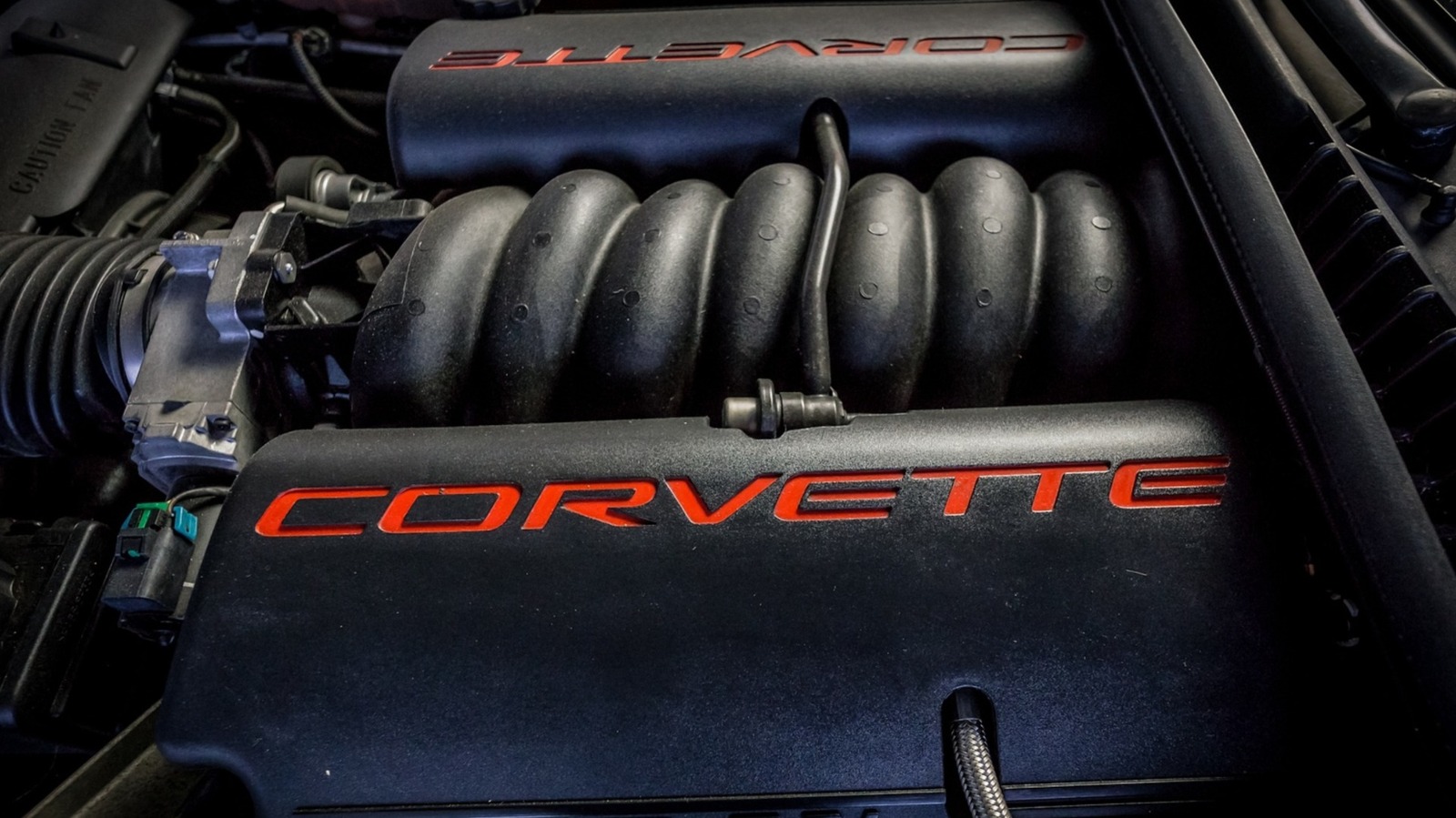









































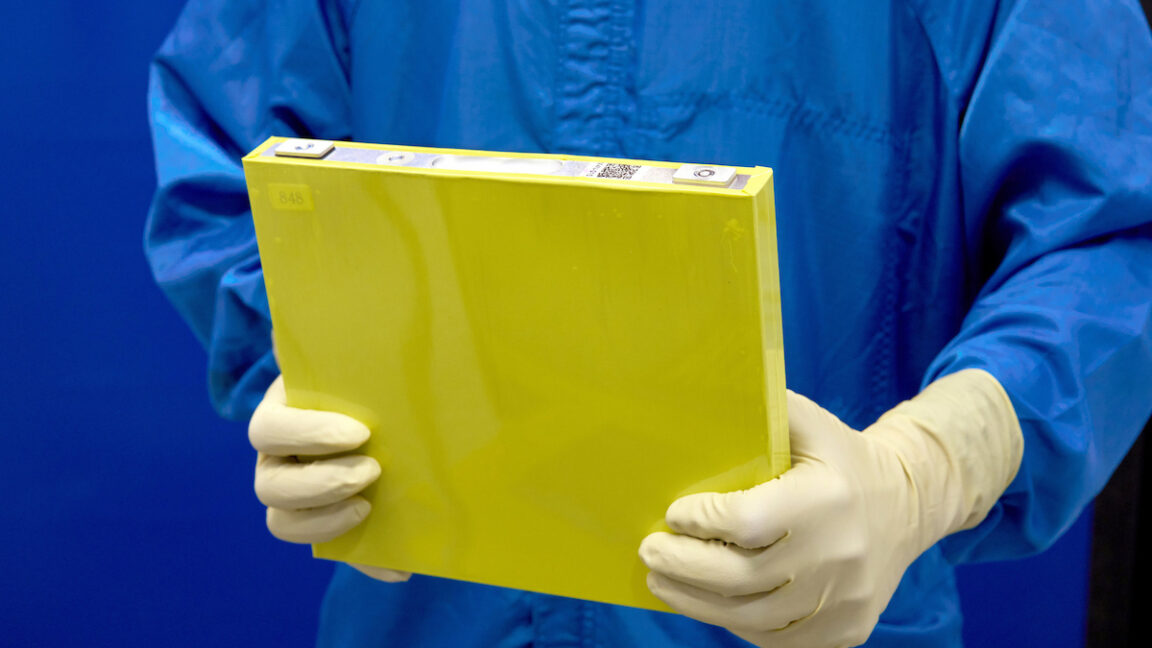




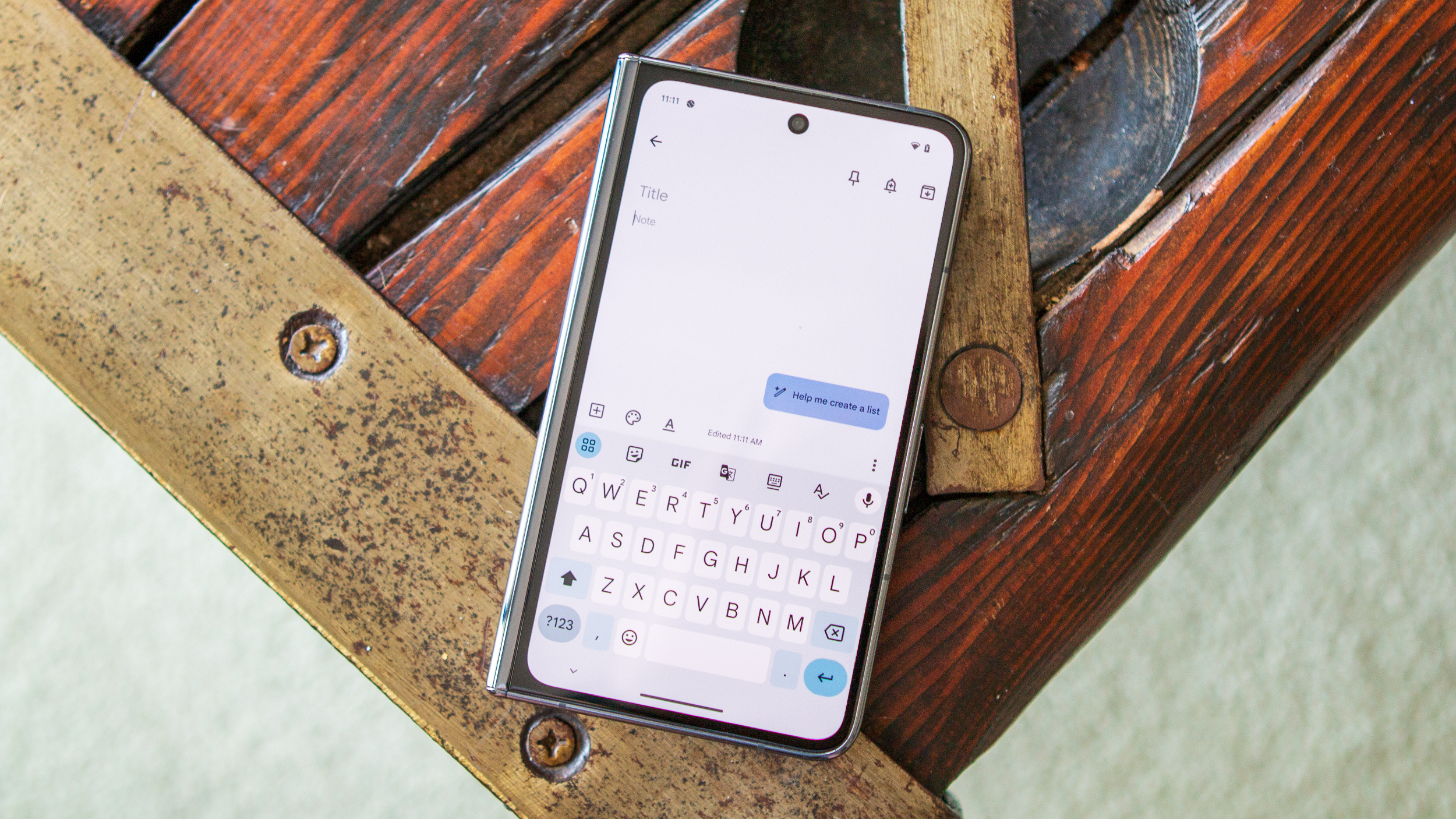
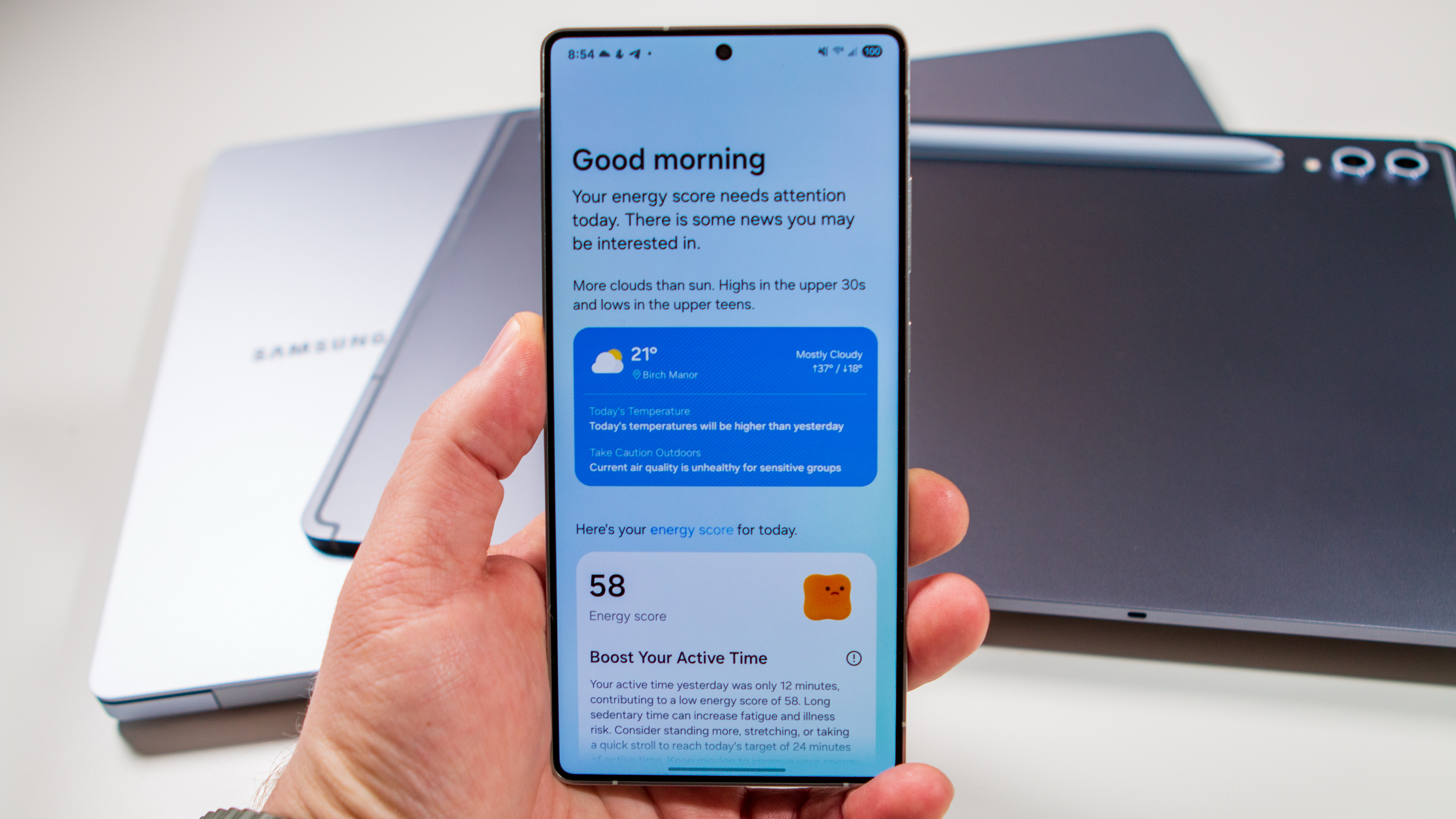
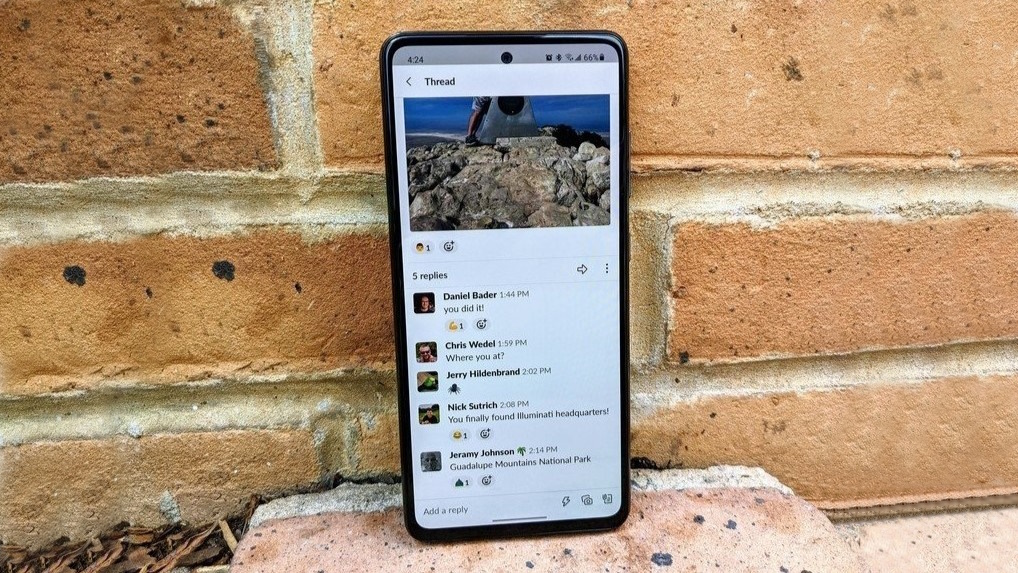





















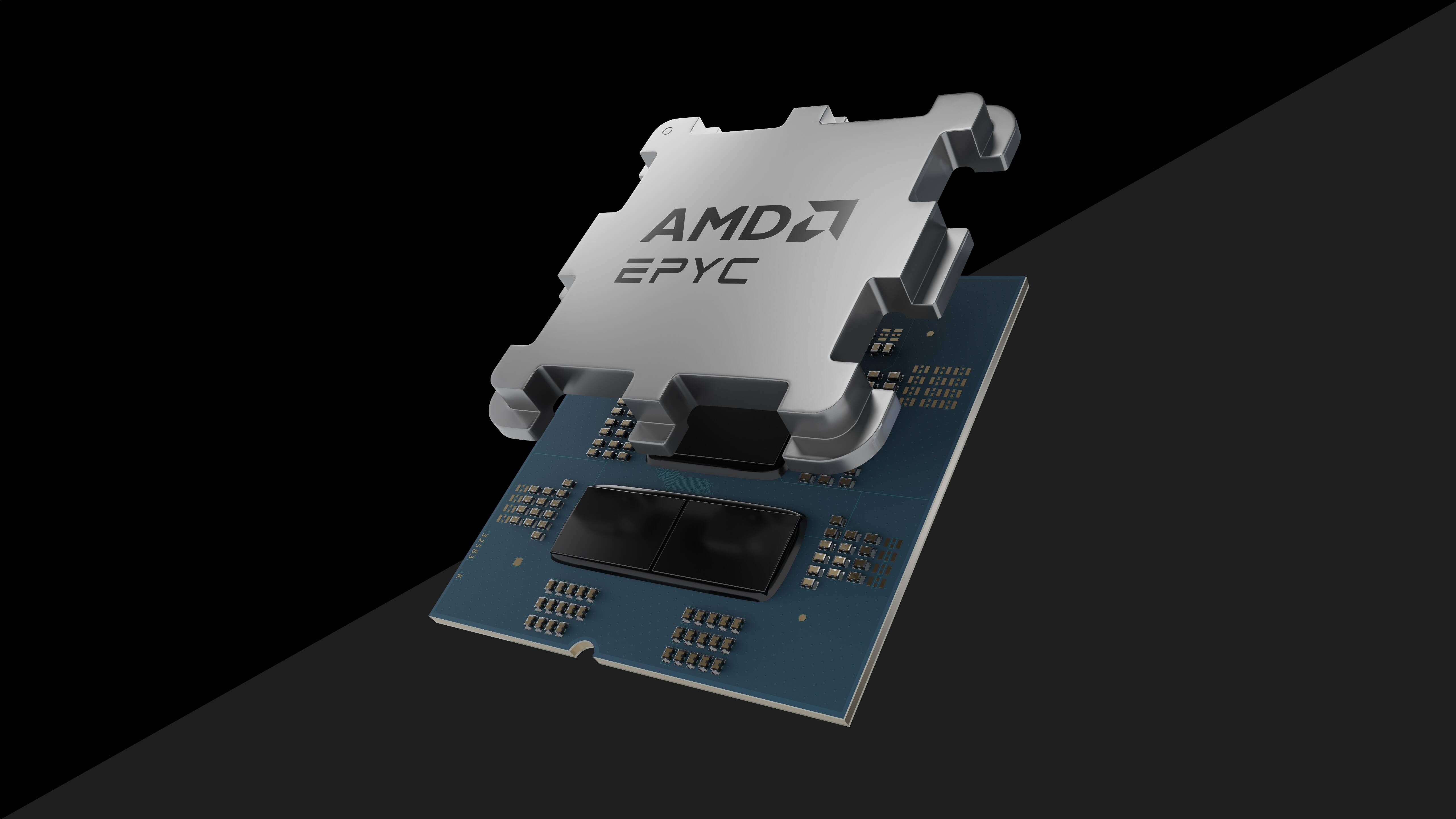



![Apple Unveils Powerful New Accessibility Features for iOS 19 and macOS 16 [Video]](https://www.iclarified.com/images/news/97311/97311/97311-640.jpg)
![Samsung's New Galaxy S25 Edge Takes Aim at 'iPhone 17 Air' [Video]](https://www.iclarified.com/images/news/97276/97276/97276-640.jpg)
![Apple to Launch AI-Powered Battery Saver Mode in iOS 19 [Report]](https://www.iclarified.com/images/news/97309/97309/97309-1280.jpg)












